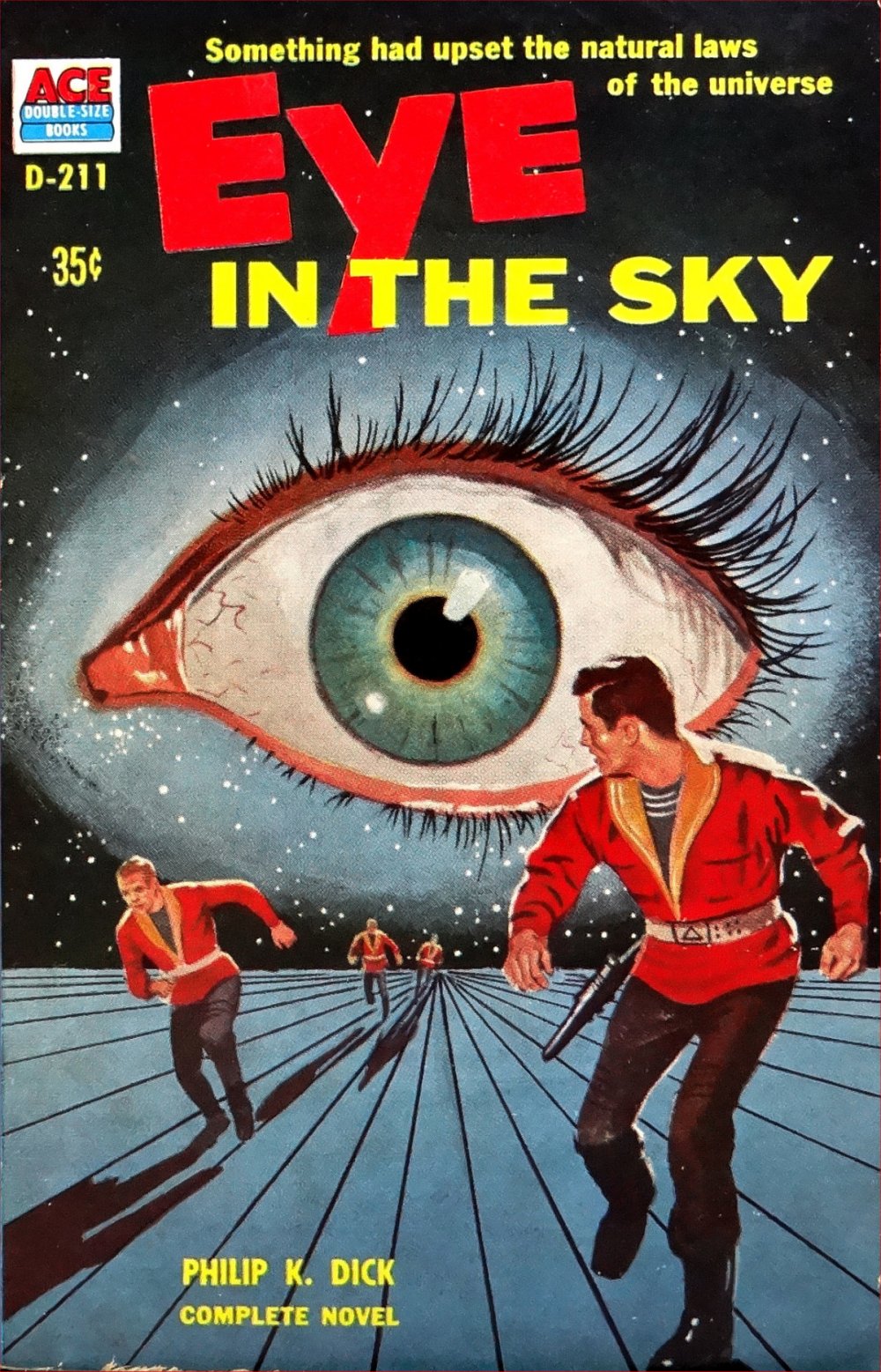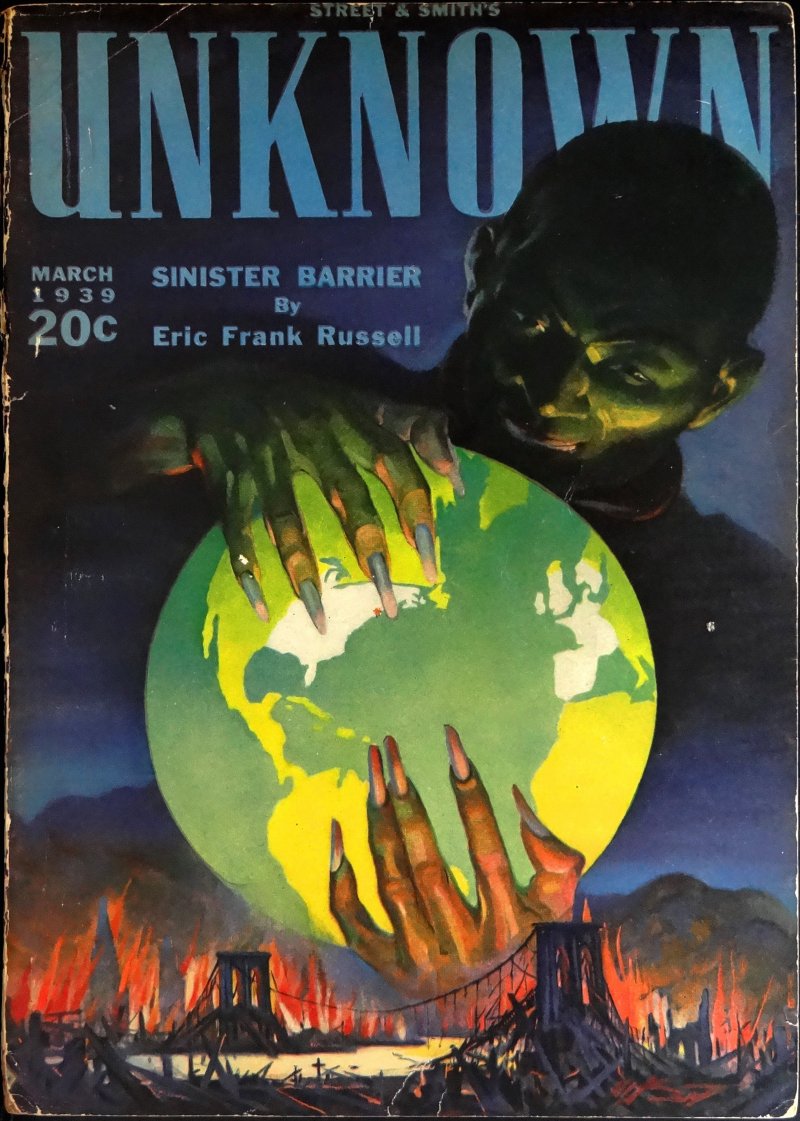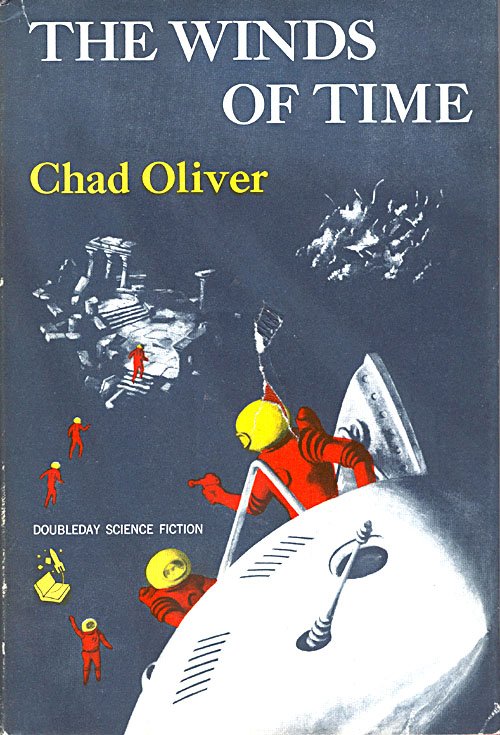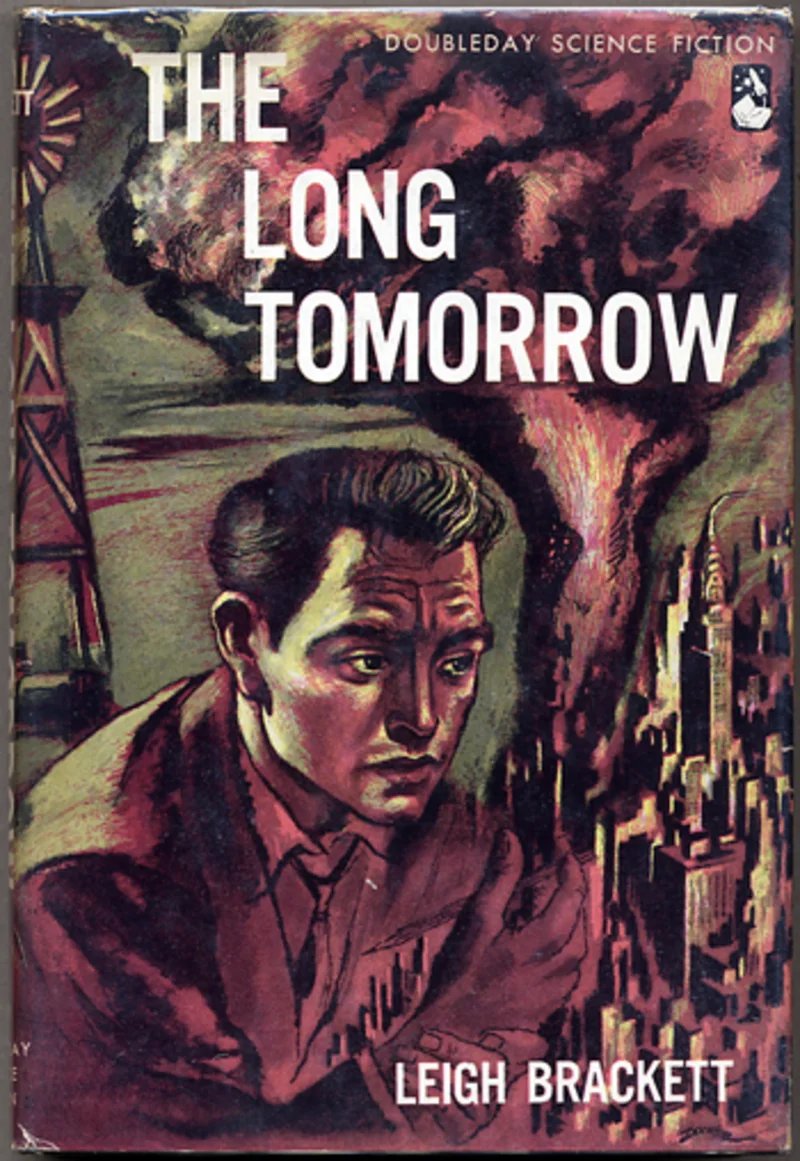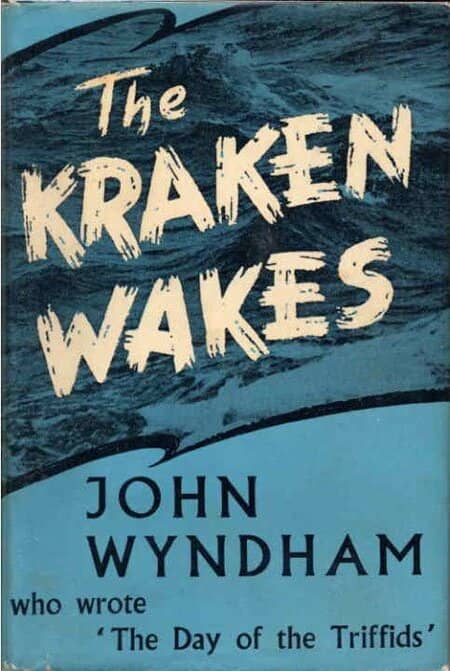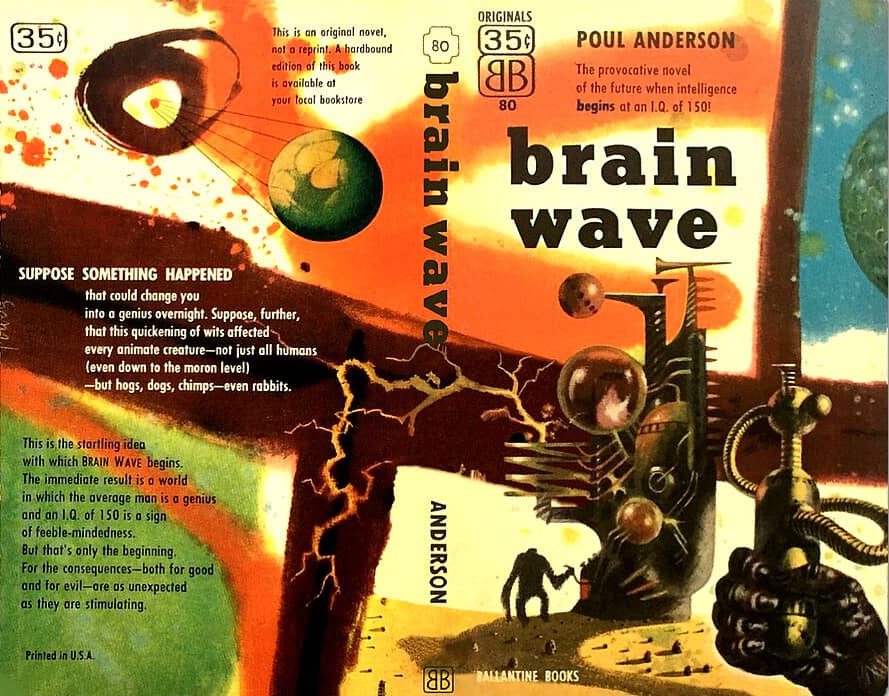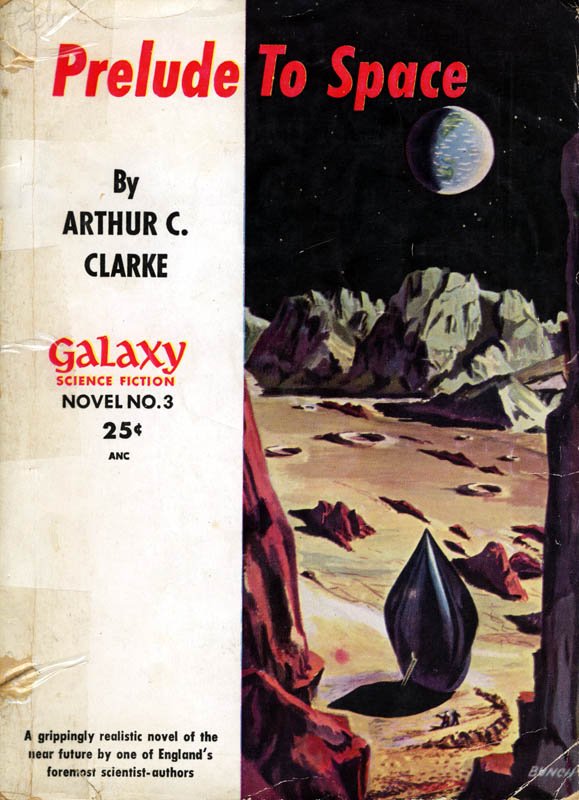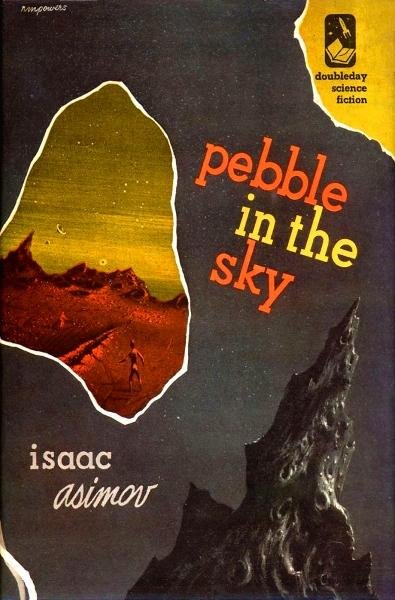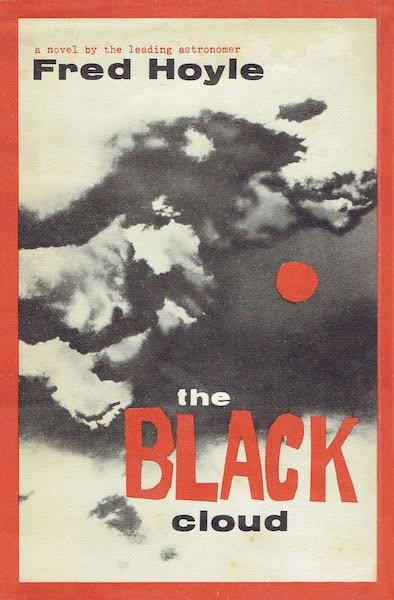Recomplicated Realities: Philip K. Dick’s Eye In the Sky and Two Others
Eye in the Sky by Philip K. Dick; First Edition: Ace, 1957.
Cover art likely Ed Valigursky. (Click to enlarge)
Eye in the Sky
by Philip K. Dick
Ace (255 pages, $.35, paperback, 1957)
Cover art (likely) Ed Valigursky
Solar Lottery
by Philip K. Dick
Ace (188 pages, $.35, paperback, 1955)
Cover art unidentified
Time Out of Joint
by Philip K. Dick
Lippincott (221 pages, $3.50, paperback, 1959)
Cover art Arthur Hawkins
I confess I’ve never warmed to Philip K. Dick. His stories can be dazzling in their ways, in their reversals of premises, in their recursiveness, in their variations on overturning the assumptions we make about the nature of reality. It’s been a while since I’ve read much PKD, but I read three of the early novels in the past two weeks: his first, Solar Lottery (1955); his fourth-published, Eye in the Sky (1957), and his seventh-published, Time Out of Joint (1959). And my impression from these three early novels is that despite PKD’s characteristic virtues just mentioned, his characters are rarely sympathetic, his pacing and plotting are uneven to the point of being haphazard, and his science-fictional components are standard SF furniture at best, comic book nonsense at worst. And these are three of his best early novels — the best three, apparently, until he published The Man in the High Castle in 1962.
